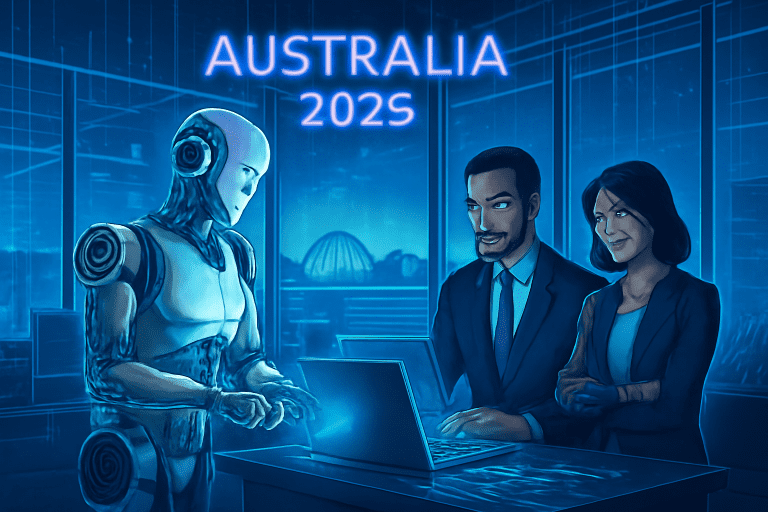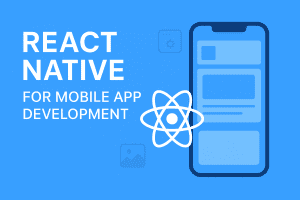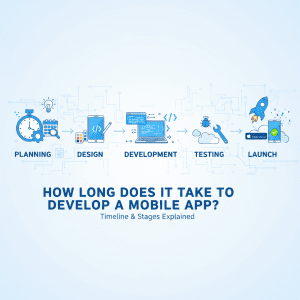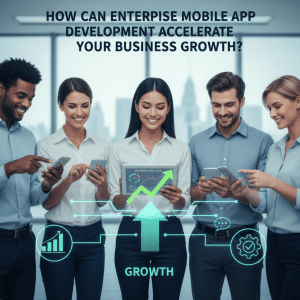Introduction
Agentic AI—AI empowered with autonomy, goal-driven reasoning, and the ability to take initiative—has quickly moved from a futuristic concept to a transformative force for Australian enterprises. In 2025, Agentic AI stands as a critical enabler of productivity, innovation, and resilience, propelling businesses beyond traditional automation and into an era of intelligent, adaptive decision-making.
What Makes Agentic AI Different?
-
Autonomy: Unlike previous AI, Agentic AI acts on its own initiative, proactively identifying opportunities, setting sub-goals, and making context-aware decisions without constant human prompting.
-
Complex Task Handling: Rather than solving isolated tasks, it orchestrates complex, multi-step processes and adapts dynamically as situations evolve.
-
Continuous Learning: Agentic AI systems learn from ongoing feedback, optimizing performance and response over time.
-
Strategic Collaboration: They serve as true digital team members, augmenting staff and freeing humans for creativity, strategy, and high-value work.
Why 2025 Is a Tipping Point in Australia
-
Nearly 97% of Australian enterprises are expanding their AI agent use in 2025; 91% see Agentic AI as essential for competitiveness.
-
Productivity Superpower: Australian businesses see Agentic AI as a solution to persistent productivity plateaus and talent shortages.
-
Experience-Driven Adoption: Previous investments in generative AI have laid the groundwork, giving enterprises the confidence and skillsets required for full agentic adoption.
Core Benefits for Australian Enterprises
1. Enhanced Operational Efficiency
-
Automated data entry, report generation, and administrative workflows reduce manual errors and speed up core business processes.
-
Employees are liberated to focus on strategic tasks, boosting organizational performance, and morale.
2. Seamless Data Integration and Insights
-
Agentic AI breaks down data silos, rapidly synthesizing information across departments and platforms for real-time, actionable insights.
-
Instant access to integrated data enables informed, agile decisions.
3. Personalized Customer Experiences
-
Delivers tailored interactions—product recommendations, bespoke support, and targeted marketing—scaling personalization with unprecedented efficiency.
4. Robust Cybersecurity and Compliance
-
Proactive monitoring detects anomalies and threats in real time, minimizing downtime and data breach risk.
-
Designed to meet Australian privacy laws and GDPR standards, with end-to-end encryption and auditability.
5. Scalable Growth
-
Scales through cloud-native APIs and microservices; easily integrates with legacy systems, allowing rapid adaptation as needs evolve without disrupting existing infrastructure.
6. Multisector Transformation
| Sector | Example Use Cases | Expected Outcomes |
|---|---|---|
| Healthcare | Patient data integration, workflow automation | Faster care, improved outcomes |
| Retail | Personalized recommendations, dynamic pricing, inventory optimization | Better customer loyalty, reduced costs |
| Finance | Autonomous fraud detection, compliance management | Stronger risk mitigation, efficiency |
| Supply Chain | Real-time logistics, predictive inventory management | Lower delay, cost optimization |
| Government | Streamlined case handling, real-time citizen services | Reduced bureaucracy, faster service |
Real-World Momentum
-
Market Growth: The Australian enterprise Agentic AI market is forecast to jump from $36.9M in 2024 to over $435M by 2030.
-
Leadership Support: 81% of business leaders in Australia are planning for agentic AI-driven digital team members in the next 12–18 months.
-
Industry Example: Leading healthcare providers and financial institutions are already seeing significant improvements in operational agility through Agentic AI-powered automation.
Overcoming Key Challenges
-
Legacy Systems: Agentic AI’s modular architectures allow it to coexist with (and modernize) legacy environments.
-
Data Fragmentation: Smarter integration dissolves silos, empowering better cross-team collaboration and decision-making.
-
Expertise Shortage: Agentic AI augments specialized talent, helping enterprises tackle complex challenges even with limited human resources.
Best Practices for Implementation
-
Start with targeted, high-impact agent-driven projects and scale as the organization’s AI maturity grows.
-
Invest in training for both technical teams and business users to ensure smooth adoption and alignment.
-
Prioritize robust security and compliance measures from day one, leveraging Agentic AI’s innate monitoring and audit features.
Frequently Asked Questions (FAQ)
How is Agentic AI different from traditional automation or chatbots?
It not only automates tasks but also autonomously sets goals, adapts to dynamic environments, and makes decisions based on reasoning and learning—acting more like a human collaborator than a programmed tool.
Are Australian privacy and compliance requirements addressed?
Agentic AI is designed with compliance in mind—offering end-to-end encryption, audit trails, and proactive data privacy management to ensure alignment with laws such as the Australian Privacy Act and GDPR.
Which industries in Australia benefit most from Agentic AI?
Healthcare, retail, finance, logistics, and government see the most immediate gains, but most sectors can leverage benefits in efficiency, decision-making, and security.
What are the main hurdles for Australian enterprises?
Common challenges include integrating with legacy technology, addressing skills gaps, and managing AI bias and data privacy—but these are being overcome with strategic planning and ongoing investment.
Conclusion
Agentic AI is not just a buzzword; it’s a paradigm shift that empowers Australian enterprises to solve old problems in new ways—transforming efficiency, security, and customer engagement. As 2025 unfolds, businesses that seize the agentic advantage will pull ahead, setting the pace for the future of work, service, and innovation in Australia.











